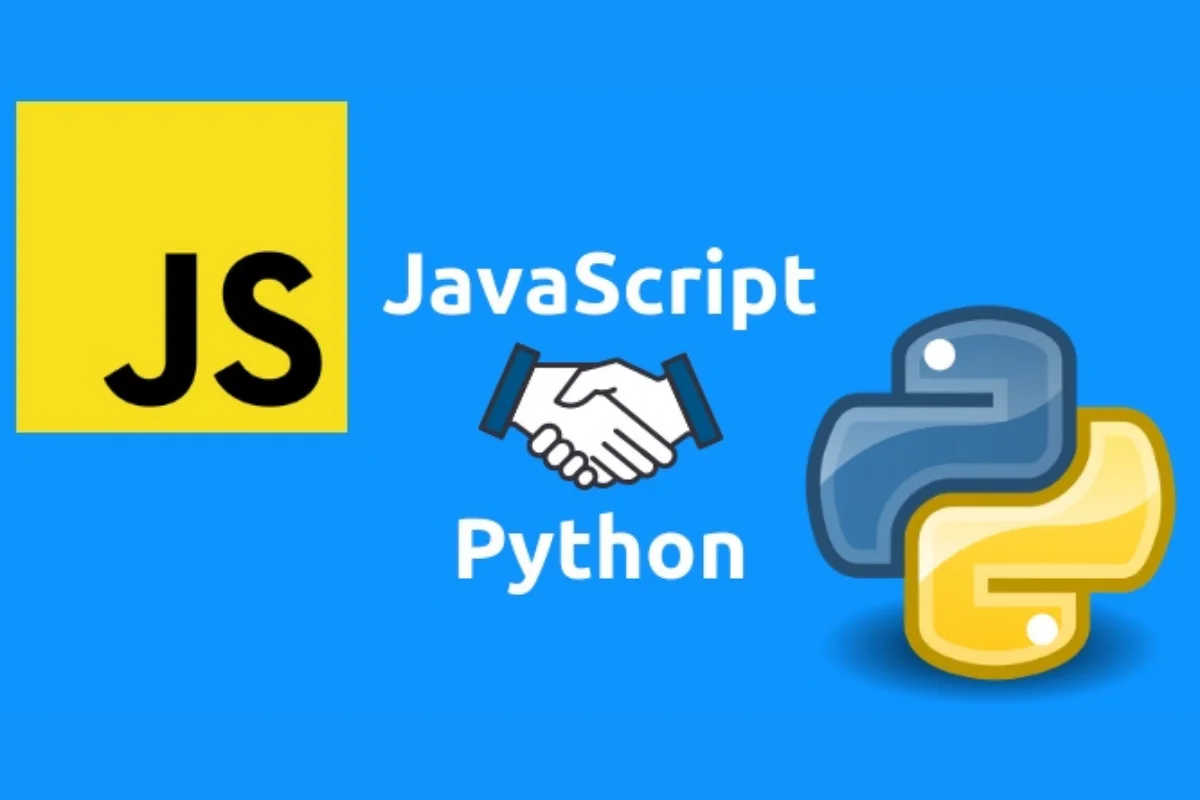
In the vast landscape of programming languages, Python vs JavaScript syntax is the widely searched term, each wielding its syntax, rules, and conventions. For developers navigating this intricate web of code, the choice between Python and JavaScript is not just a personal preference; it’s a strategic decision that impacts readability, maintainability, and overall development efficiency.
In this comprehensive exploration, we will dissect the syntax of Python and JavaScript, unraveling the intricacies that make each language unique. From indentation and variable handling to control structures, we’ll delve into the very fabric of these languages, providing code examples that serve as signposts in this journey through syntax intricacies.
Understanding the nuances of Python’s indentation-based elegance and JavaScript’s C-style flexibility is more than a quest for mastery; it’s a roadmap for developers seeking the optimal language for their projects. So, buckle up as we embark on a Syntax Showdown, where Python and JavaScript go head-to-head in a code comparison that unveils the essence of their syntax.
Python uses indentation to define blocks of code, enhancing readability. For example, a simple function looks like this:
def greet(name):
print(f"Hello, {name}!")Python is dynamically typed, meaning variable types are inferred at runtime.
age = 25 # Integer
name = "John" # String
height = 1.75 # Float
Python uses colons and indentation for control structures, like loops.
for i in range(5):
print(i)
JavaScript uses braces to define blocks of code. A basic function looks like this:
function greet(name) {
console.log(`Hello, ${name}!`);
}
JavaScript is loosely typed, allowing variables to change types.
let age = 25; // Number
let name = "John"; // String
let height = 1.75; // Number
JavaScript uses parentheses and braces for control structures.
for (let i = 0; i < 5; i++) {
console.log(i);
}for i in range(5):
print(i)
for (let i = 0; i < 5; i++) {
console.log(i);
}
first_name = "John"
last_name = "Doe"
full_name = f"{first_name} {last_name}"
let firstName = "John";
let lastName = "Doe";
let fullName = firstName + " " + lastName;
Python and JavaScript, despite their differences, both offer powerful syntax for developers. Python’s emphasis on readability and simplicity, with its indentation-based structure, makes it an excellent choice for various applications. JavaScript, with its C-style syntax and flexibility, dominates the web development landscape. The choice between them ultimately depends on the specific requirements of your project and your coding preferences.
Note: Including code examples provides a tangible understanding of syntax differences. Screenshots can be incorporated for visual clarity.
Marking International Human Rights Day, Sindh Government Spokesperson and Sindh Human Rights Commission Board Member…
The Karachi Water and Sewerage Corporation (KW&SC) has begun expedited work to replace a deteriorated…
Pakistan’s gaming and animation ecosystem enters a transformative phase as the Centre of Excellence in…
A multi-platform outage struck earlier today, triggered by service issues at content delivery network (CDN)…
Taking a ride or sending a package shouldn’t come with second guesses. That’s why inDrive,…
First-ever official representation from Pakistan at FC Barcelona’s base camp marks a new chapter in…
This website uses cookies.